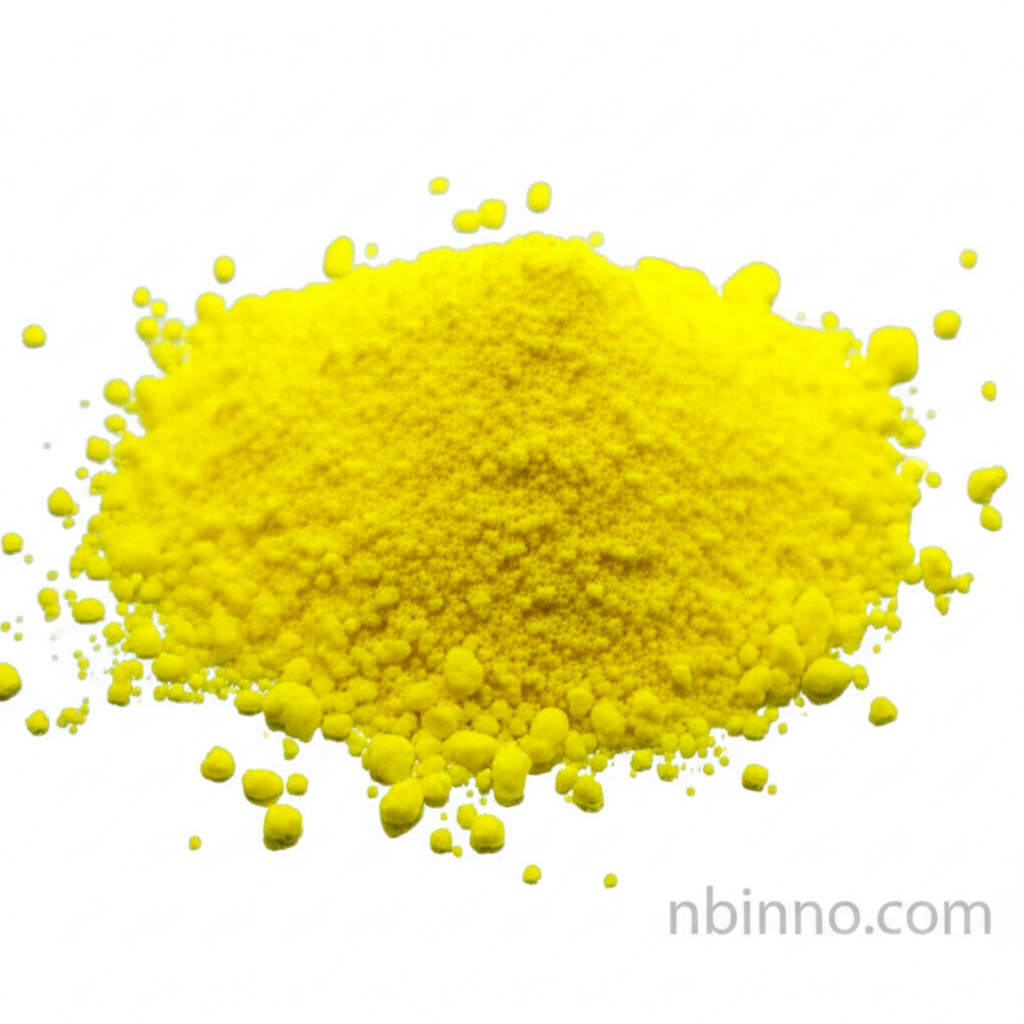Uranyl Acetate (CAS 541-09-3): A Comprehensive Guide
Exploring the essential properties, applications, and safety considerations of this vital scientific reagent.
Get a Quote & SampleProduct Core Value

Uranyl Acetate
Uranyl Acetate (CAS 541-09-3) is a crucial chemical compound widely recognized for its application as a negative stain in Transmission Electron Microscopy (TEM). Its ability to bind with cellular structures significantly enhances contrast, making it indispensable for visualizing ultrastructure in biological samples. Beyond its primary role, it also serves as a dual-purpose contrast agent, capable of inducing fluorescence at cryogenic temperatures, which aids in correlative light-electron microscopy (CLEM) for precise cellular event localization.
- Leveraging uranyl acetate electron microscopy stain for enhanced visualization of cellular ultrastructure.
- Understanding uranyl acetate chemical properties is key for proper laboratory handling and experimental design.
- Exploring uranyl acetate application in research, particularly its significant role in biological sciences and materials analysis.
- Adhering to uranyl acetate toxicity and handling guidelines ensures a safe working environment and prevents exposure.
Key Advantages
Enhanced Contrast for TEM
As a premier uranyl acetate electron microscopy stain, it provides superior contrast, allowing for detailed examination of biological specimens.
Dual-Purpose in CLEM
Its unique fluorescent properties at cryogenic temperatures make it an excellent tool for uranyl acetate for correlative microscopy, enabling precise alignment between light and electron imaging.
Versatile Research Applications
The compound's utility extends across various scientific disciplines, making uranyl acetate application in research invaluable for advancing knowledge.
Key Applications
Electron Microscopy
Primarily used as a negative stain to increase contrast in biological samples, a critical aspect for uranyl acetate electron microscopy stain applications.
Correlative Light-Electron Microscopy (CLEM)
Its fluorescent properties at cryogenic temperatures allow for precise alignment of light and electron microscopy images, crucial for uranyl acetate for correlative microscopy.
Scientific Research Reagent
A fundamental reagent in various laboratory settings for analytical and investigative purposes, highlighting the broad uranyl acetate application in research.
Material Science Analysis
Used in the examination of material structures, benefiting from the detailed imaging capabilities facilitated by uranyl acetate chemical properties.
